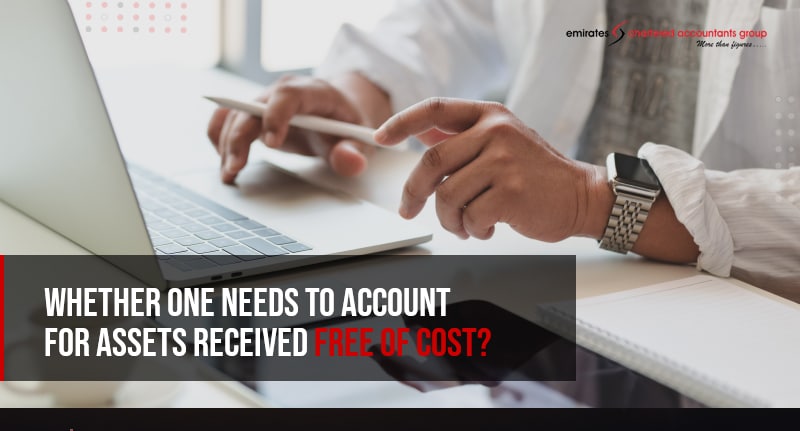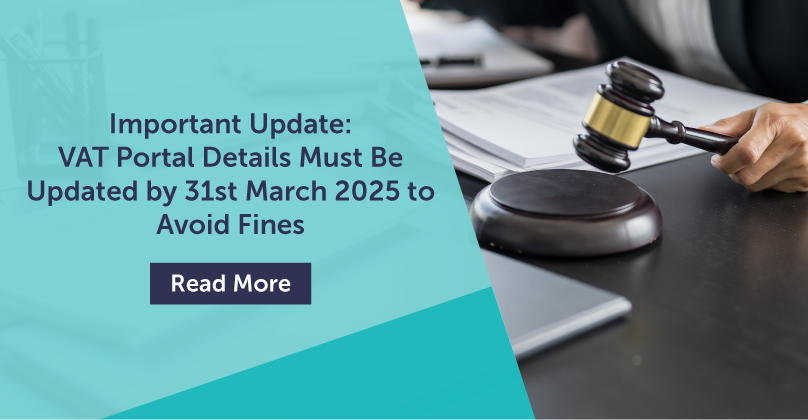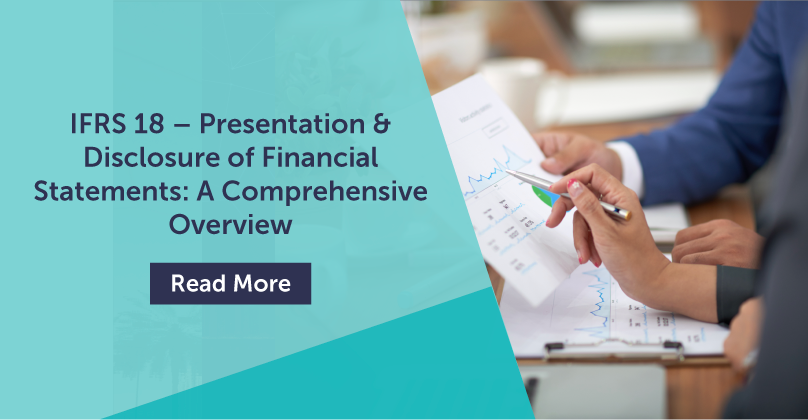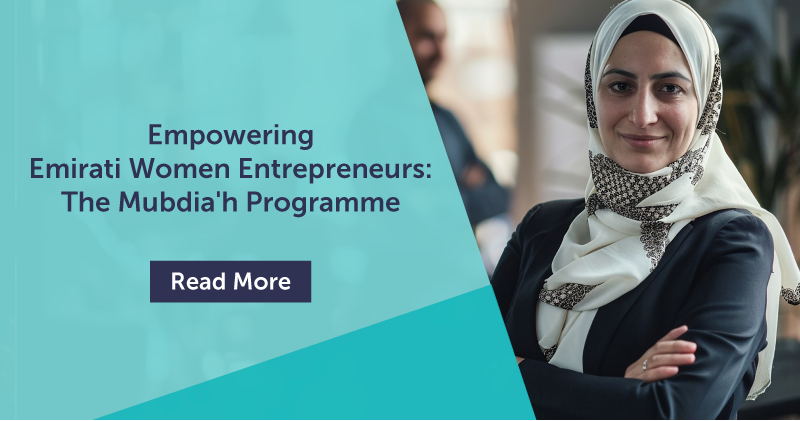
- Aug 11,2020
- All | Audit / IFRS
Accounting for Assets Received Free of Cost or as Gifts as Per IFRS
Many have confusion, whether one needs to account for assets received free of cost? Some will also argue that as there is no money paid, why it is to be recorded? Let us see whether IFRSs can give some guidance on the same. Accounting for Fixed Assets are mainly dealt with in IAS 16 - property, plant, and equipment. These are tangible fixed assets:
- Held for use in the production or supply of goods or services or for rental or admin purposes; and
- Expected to be used for more than one period.
As for all the assets, an item of property, plant, and equipment is recognized if
- future economic benefits associated with it will probably flow to the entity; and
- The cost of the item can be measured reliably.
This recognition principle is applied to all property, plant & equipment costs at the time they are incurred. These costs include costs incurred initially to acquire or to construct an item of asset and costs incurred subsequently to add to, replace part of , or service it. For self-constructed assets, reliable measurement of cost can be made from transactions with third parties to acquire materials, labour, and other inputs. So, there is a close association between incurring expenditure and generating assets.
Here there is a relevant question. When the Company receives an asset free or without incurring any cost, whether it is to be recognized in the books? The answer is ‘yes’ based on the conceptual framework.
These are to be accounted for in the Company's books if the entity controls the benefits expected to flow from those assets. Materiality also one of the key points to be considered here. If the free assets are of small value items, usually, one needs to apply judgment to assess whether these free items are material enough to account for it as an asset.
If these are to be recorded as assets in entity's books, then the next question would be, how and at which value these assets will be recorded as there is no expenditure involved. There are different scenarios under which an entity receives assets free of cost. We will analyze it one by one.
Free assets from a supplier as a part of the contract
There may be cases where assets received from the supplier free of cost. If the assets received free of charge as part of some contract together with the purchase of other assets, then allocate the total purchase price to the free asset. For example, an entity entered into a contract with a supplier to purchase three pieces of machinery.
The agreement says that along with three machines costing AED 3.6 million, the supplier will provide a bit of additional equipment at free of cost and the actual cost of that equipment is AED 400,000 Here how the free material will be recognized in the books? The total cost of AED 3.6 million to be allocated to the machines and equipment based on their selling prices.
The value of free asset will be (AED 400,00/4,0000,000)*3,600,000 = AED 360,000/and cost of one machinery will be AED 1,080,000/-
Free assets from a supplier as support of a promotional campaign
Sometimes there may be a situation where an entity receives a free asset as support of a promotional campaign. For example, a supplier landlord might sponsor the renovation of the interior works in the customer's shop. How will this account in the books? IFRS does not provide any recognition criteria or guidance to account for these free assets with no conditions attached to it for the receipt of it.
So, one can develop an accounting policy to account for these assets. The conceptual framework of IFRS requires an entity to report any asset that it controls. Also, as per the Conceptual framework income is recognized when an increase in future economic benefits related to the rise in asset or decrease of liability has arisen that can be measured reliably. As there is no cost involved, the fair value can be adopted as the cost.
So free asset can be recognized in the books at its fair value by crediting other income, as the entity controls the free asset from the supplier, and there is an increase in entity's net assets. The above treatment is acceptable when there is no contractual terms agreed with the supplier which affect the value of the main component or assets or period of use etc in the contract.
If on the other hand if the contract value has any effect by the free supply of assets, then the contract price should be suitably allocated including for the value of assets as mentioned earlier. And in case period of use or other similar conditions are stipulated then the credit may be given to deferred income and systematic allocation to profit or loss can be made as explained under assets received through government grant below.
Free assets received from a customer
There may be cases where an entity receives a free asset from a customer based on some contract to facilitate an entity's fulfilment of the contract. How will these free assets be accounted for? IFRS 15 - Revenue from contract with customers addresses how an entity accounts for an item of free assets received from a customer.
The entity shall, first of all, assess whether it obtains control of those assets. If so, the entity shall measure and recognize the assets in its books at fair value and corresponding credit to revenue.
Grants from Government towards asset purchase
Government grants are assistance by the government in the form of transfers of resources to an entity in return for past or future compliance with certain conditions relating to the operating activities of the entity. A government grant may be in the form of either monetary benefit or non-monetary benefit to the entity.
A government grant may take the form of a transfer of a non-monetary asset such as land or other resources for the use of the entity. So if any entity receives a grant, monetary as well as non-monetary, against an asset purchase or construction from government, government agencies, and similar bodies whether local, national or international as per IAS 20, these assets shall be accounted using any of the following methods.
- Account it as a deferred income and recognize it in profit and loss account on a systematic basis over the asset's useful life.
OR
- By deducting the grant from the assets carrying amount.
Non-monetary grants, such as land or other resources, are usually accounted for at fair value. Recording both the asset and the grant at a nominal amount also permitted as per IAS 20.
Gift of assets by a shareholder/related party
There may be cases where shareholders give gift or free assets to the entity or asset transfer from a parent to its subsidiary at free of cost. It may be vehicles, machinery, land, buildings, etc. How to account for these assets? If the entity gains control of the free asset, it should be recognized at fair value which becomes its cost.
As this is a contribution from a shareholder, it cannot be recognized as an income in profit and loss account as the conceptual framework of IFRS excludes contribution from shareholders from the definition of the Income.
So free assets /gift assets shall be recognized in the books of the entity at its fair value, and corresponding credit will go to equity contribution of the shareholders. Audit Services in the UAE
- Internal Audit
- Business Valuation
- Due Diligence Audit
- Investigation Audit
- IFRS Impact Assessment
- Company Liquidation
For Audit Services in Dubai:
Mr. Pradeep Sai
sai@claemirates.com
+971 – 556530001
For Audit Services in Abu Dhabi:
Mr.Navaneeth
nav@claemirates.com
+971 – 558892750
For Audit Services in Northern Emirate(Sharjah, Ajman, RAK, Fujairah)
Mr. Praveen
praveen@claemirates.com
+971 – 508873115




